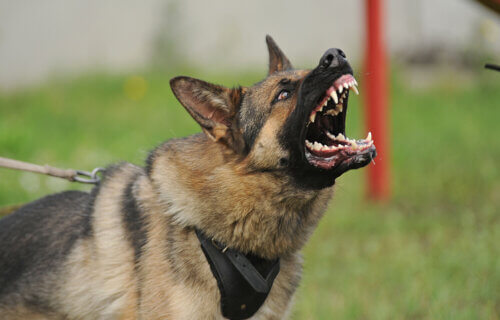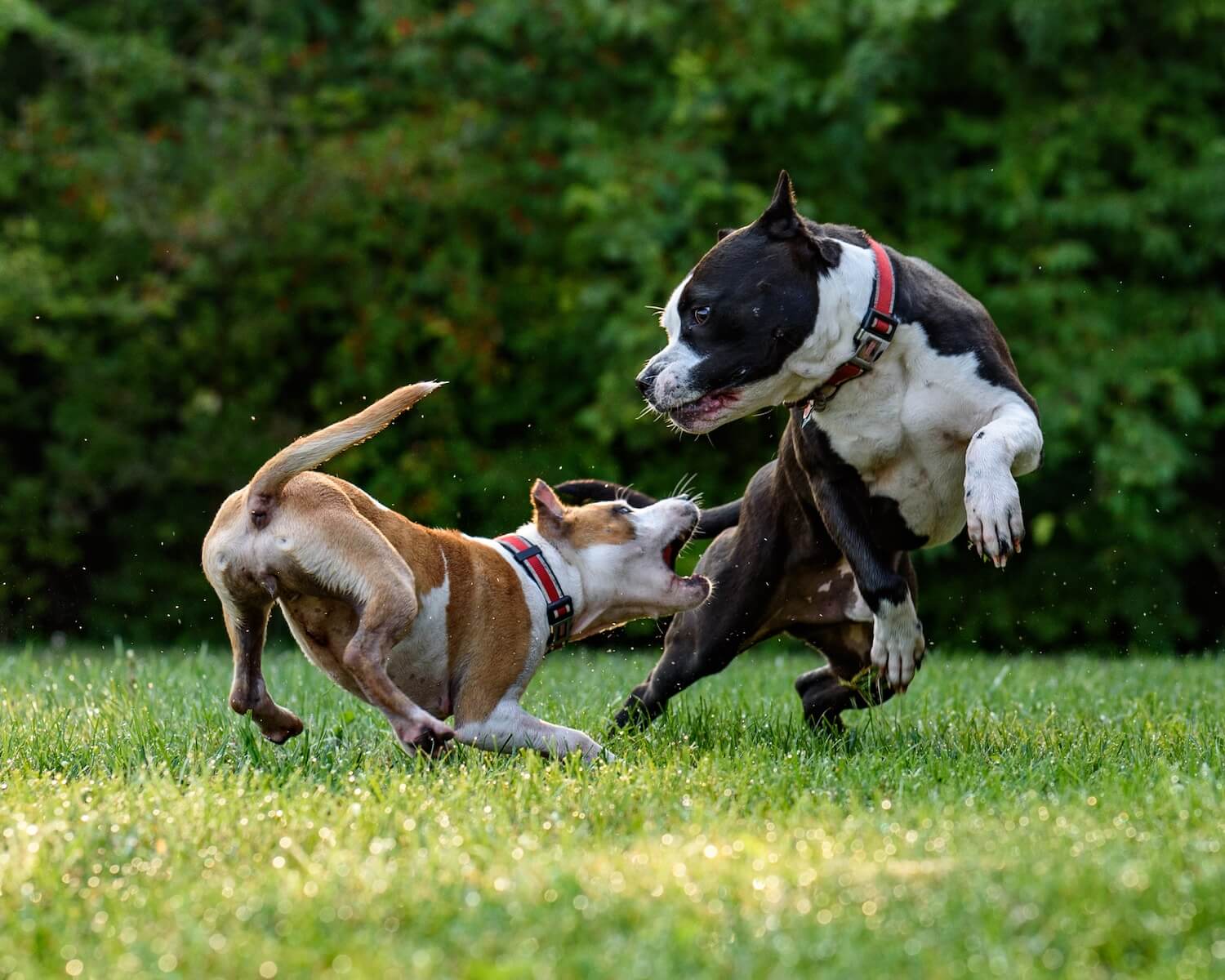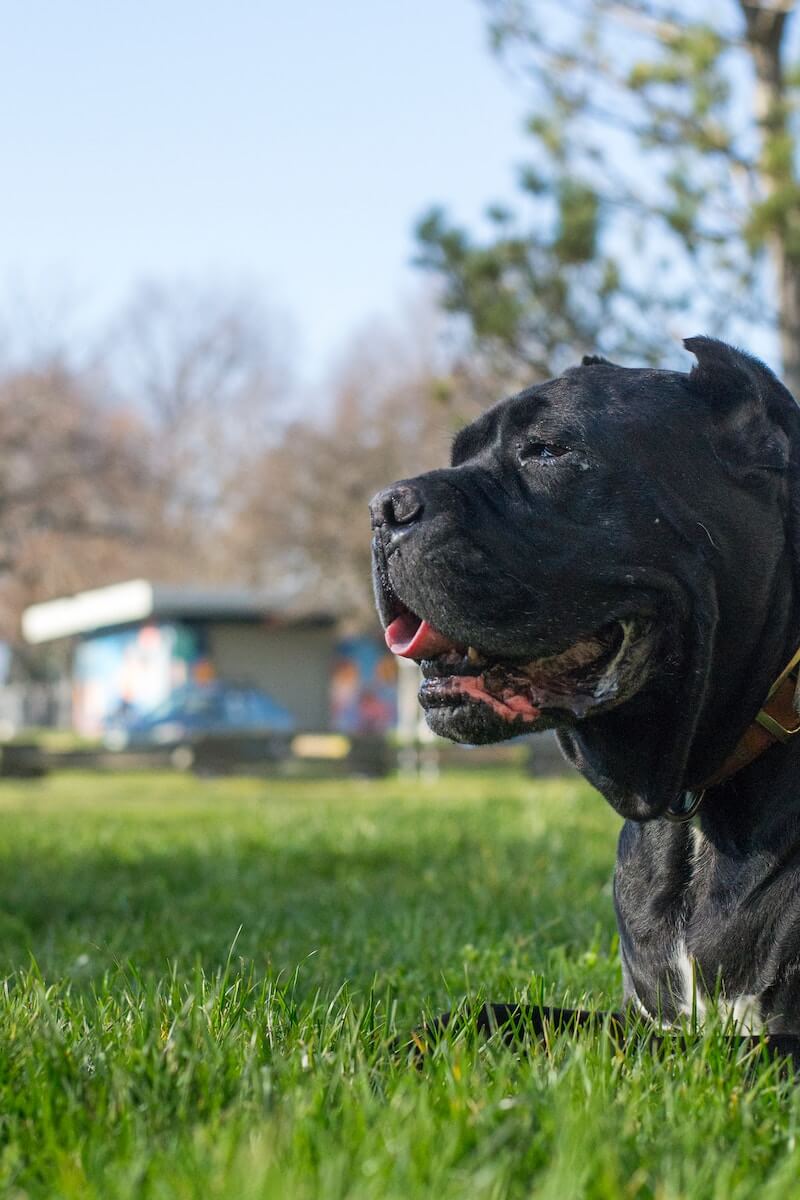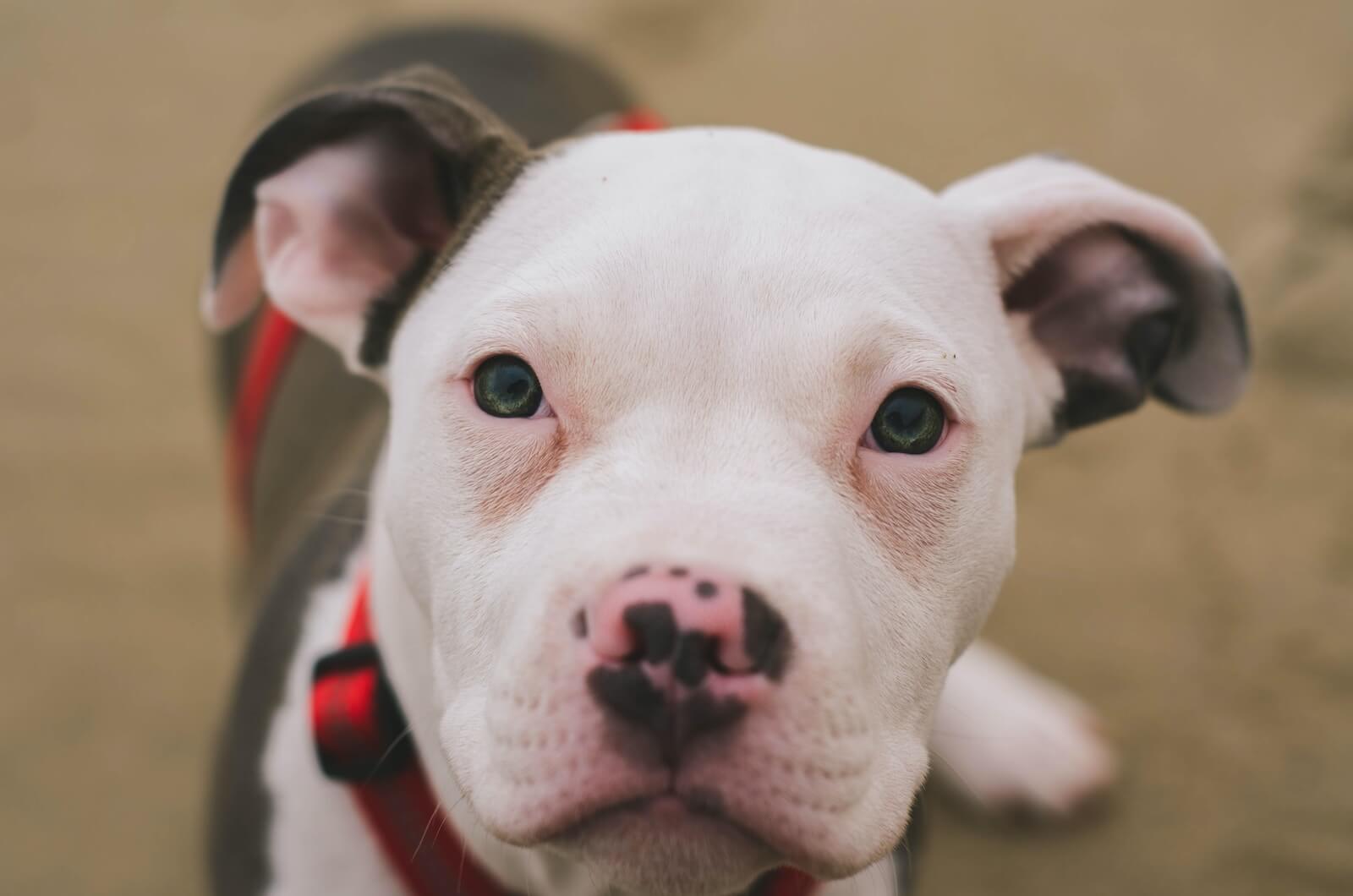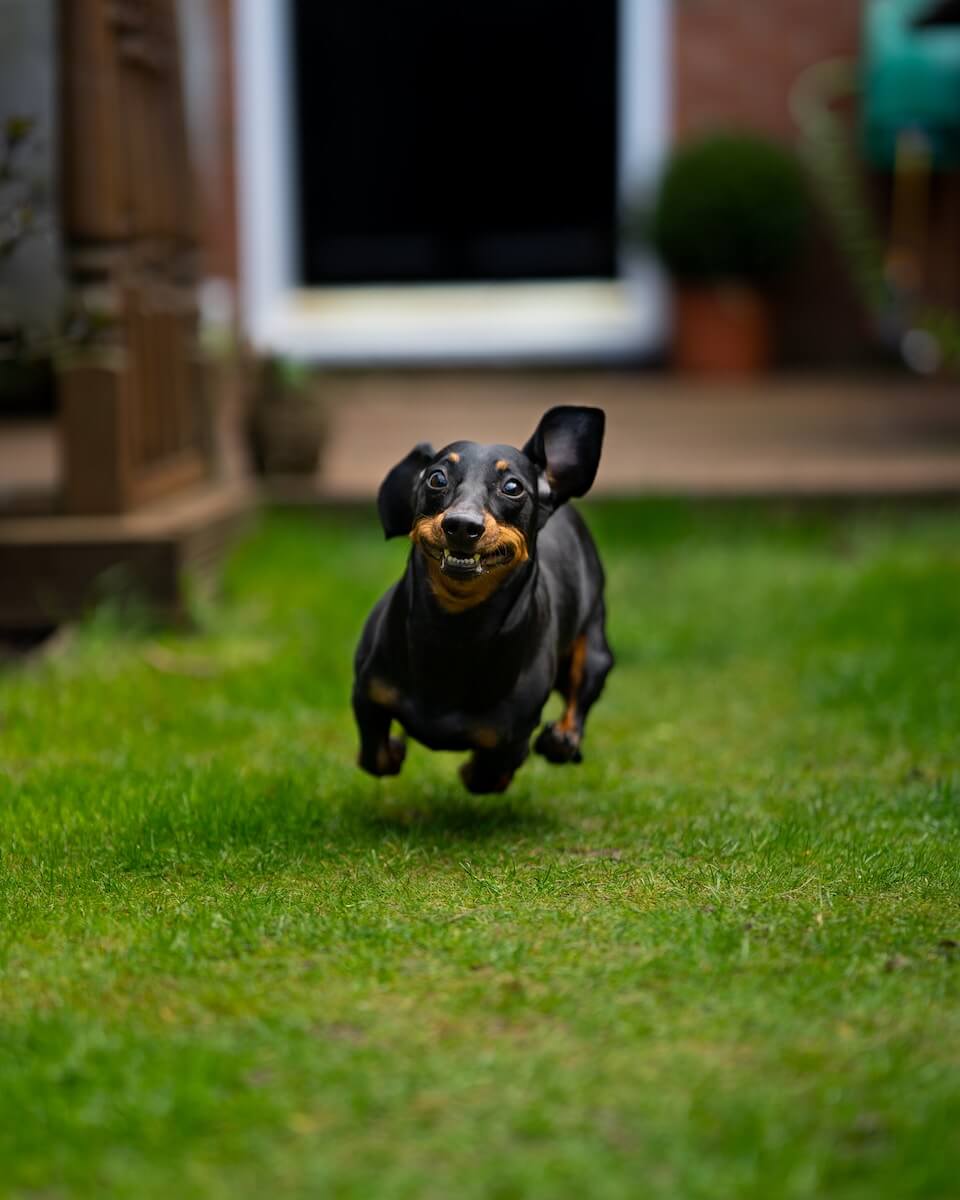The debate regarding aggressive, dangerous, or violent dog breeds has been hotly contested across the globe. For every claim of violence inherent to a breed, scores of defenders jump at the opportunity to defend the reputation of their favorite canines. Despite this, there are some dog breeds that carry a reputation for aggression. Our list of the top seven most aggressive dog breeds could be useful for those curious to learn more about these often-maligned breeds.
Many dogs appear adorable from afar but can turn terrifying quickly when someone approaches them. Picking up on subtle facial changes and expressions in dogs can help people of all ages avoid unwanted canine encounters. Now, new research out of Finland suggests both being older and owning a pet dog have a connection to a better ability to recognize dog emotions from facial expressions.
While our furry companions bring unconditional love and endless joy, it’s important to acknowledge that, just like humans, dogs can experience a range of emotions, including anger and fear. In some cases, these emotions can manifest as aggressive behavior, posing a potential threat to both humans and other animals.
Unmasking the Myths:
Before diving into the “most aggressive” breeds, it’s crucial to dispel a harmful myth: aggression is not inherent to any specific breed. While certain breeds may be predisposed to certain physical traits or have been historically bred for specific purposes (guarding livestock, herding), these factors do not automatically equate to aggression.
What causes dog aggression?
Dog aggression stems from a complex interplay of internal and external factors. Here are some of the most common reasons why dogs might growl, snap, or bite:
- Fear: A frightened dog might lash out as a defensive mechanism, feeling threatened by unfamiliar situations, people, or animals. This can be particularly common in dogs with a history of abuse or neglect.
- Pain or illness: When a dog is experiencing physical discomfort, they might become irritable and more prone to aggression. This could be due to injuries, medical conditions, or even dental issues.
- Frustration: Dogs thrive on routine and clear expectations. When these are disrupted, or if they’re unable to fulfill their natural instincts (chasing, playing, digging), frustration can build, leading to aggressive outbursts.
- Possessiveness: Some dogs might become possessive of food, toys, or even their owners, exhibiting aggression towards anyone who they perceive as a threat.
- Lack of socialization: Early socialization and positive reinforcement training are crucial for puppies to develop proper social skills and emotional regulation. Without this foundation, dogs might struggle to interact appropriately with other dogs and humans.
Remember: Every dog is an individual, and their triggers and responses to stress can vary greatly. Understanding the root cause of your dog’s aggression is key to addressing the behavior effectively. Consulting a professional trainer or animal behaviorist can provide valuable guidance and tailored strategies for managing your dog’s specific needs.
By creating a safe and loving environment, providing ample exercise and mental stimulation, and practicing consistent positive reinforcement training, we can help our canine companions blossom into well-adjusted, happy individuals. Remember, aggression is often a symptom of a deeper issue, and with patience, understanding, and professional support, we can build strong, trusting bonds with our furry friends, fostering a harmonious relationship where growls are replaced with joyful wags.
While canine aggression is highly nuanced, some breeds have a reputation for belligerent behavior. We consulted 10 canine specialist opinions to compile out list of the most aggressive dog breeds that carry some baggage with their reputations. While many of our sources recommend firm yet positive training to ensure good socialization, it may be helpful to know beforehand which breeds trend towards aggressive behavioral displays. Let us know your thoughts in the comments below!
➡️ How Our “Best Of The Best” Lists Are Created
StudyFinds’ “Best of the Best” articles are put together with the idea of taking the work out of common consumer research. Ever find yourself searching for a product or service on Google and reading multiple reviews to find items listed across many of them? Our Best of the Best lists are created with that process in mind, with each item ranked by how frequently it appears on expert reviews or lists. With Best of the Best, you are getting consensus picks — making them truly the best of the best!
7 Most Aggressive Dog Breeds That Require Extra Training
1. Chihuahua
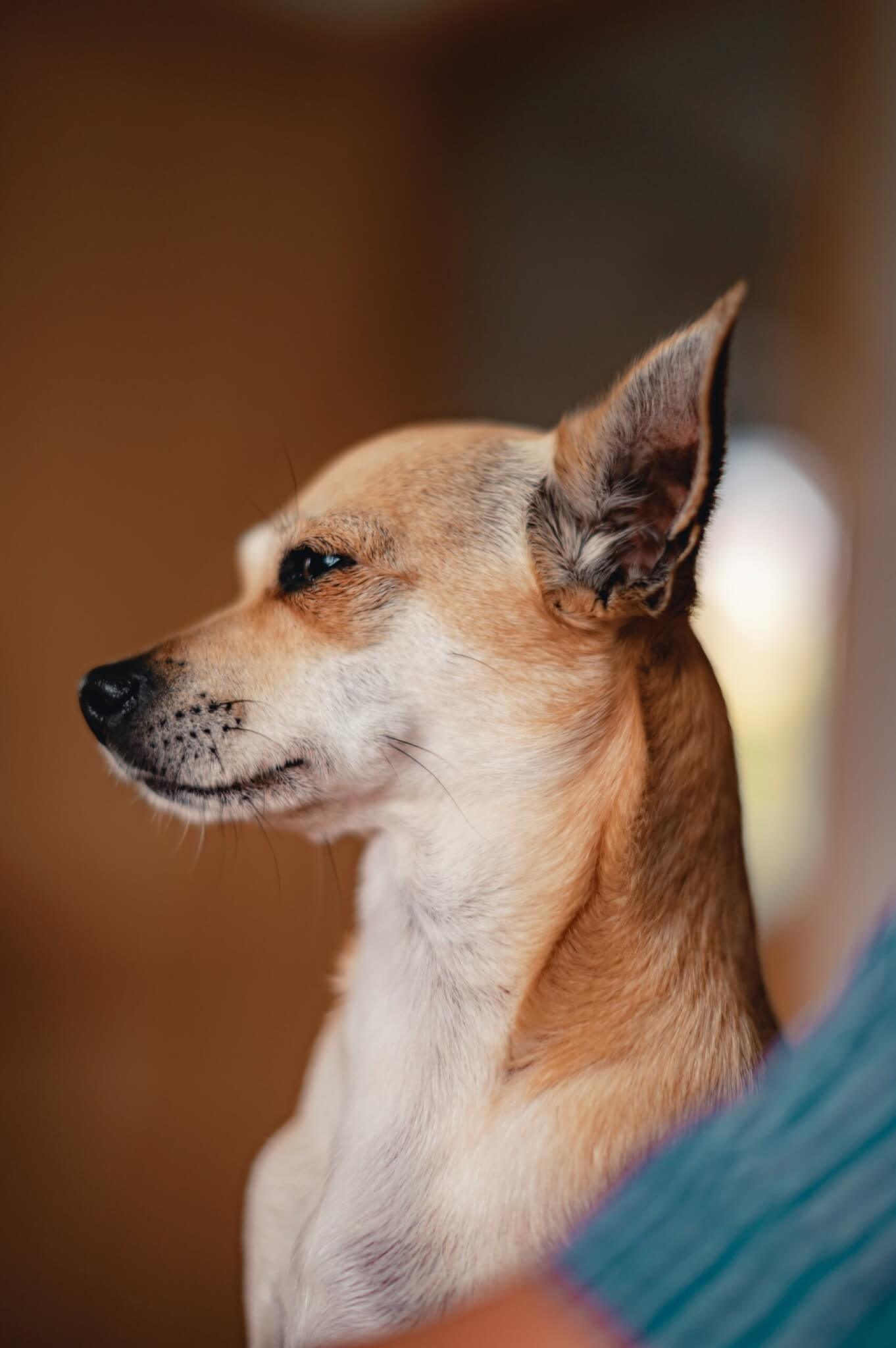
Master Yoda tells us that “size matters not” and this is especially true for the pint-sized Chihuahua. These tiny terrors are not afraid to charge much larger opponents. Hepper Blog says that luckily, their small size doesn’t amount to much damage. But it is the owner’s responsibility to properly train and socialize chihuahuas in order to avoid potentially aggressive behaviors.
World Animal Foundation strives to explain the reason behind the aggression of these little rascals. They point to three things: small dog syndrome, fear/anxiety, and genetics. Small dog syndrome relates to the dog feeling like they need to overcompensate for their small size. Also because of their tiny stature, everything else may seem gigantic and threatening, so the aggression may spur from feeling scared or nervous. As far as genetics, some breeders will try to breed runts of the litter to achieve teacup Chihuahua puppies, but this can lead to adverse affects in behavior if not done properly (World Animal Foundation).
According to Dog Academy, the Chihuahua does not care how big their opponent is. They will attack larger dogs with the utmost confidence. Avoiding these instances will avoid potential injury, most likely to your tiny furry friend that has more bark than bite.
2. German Shepherd
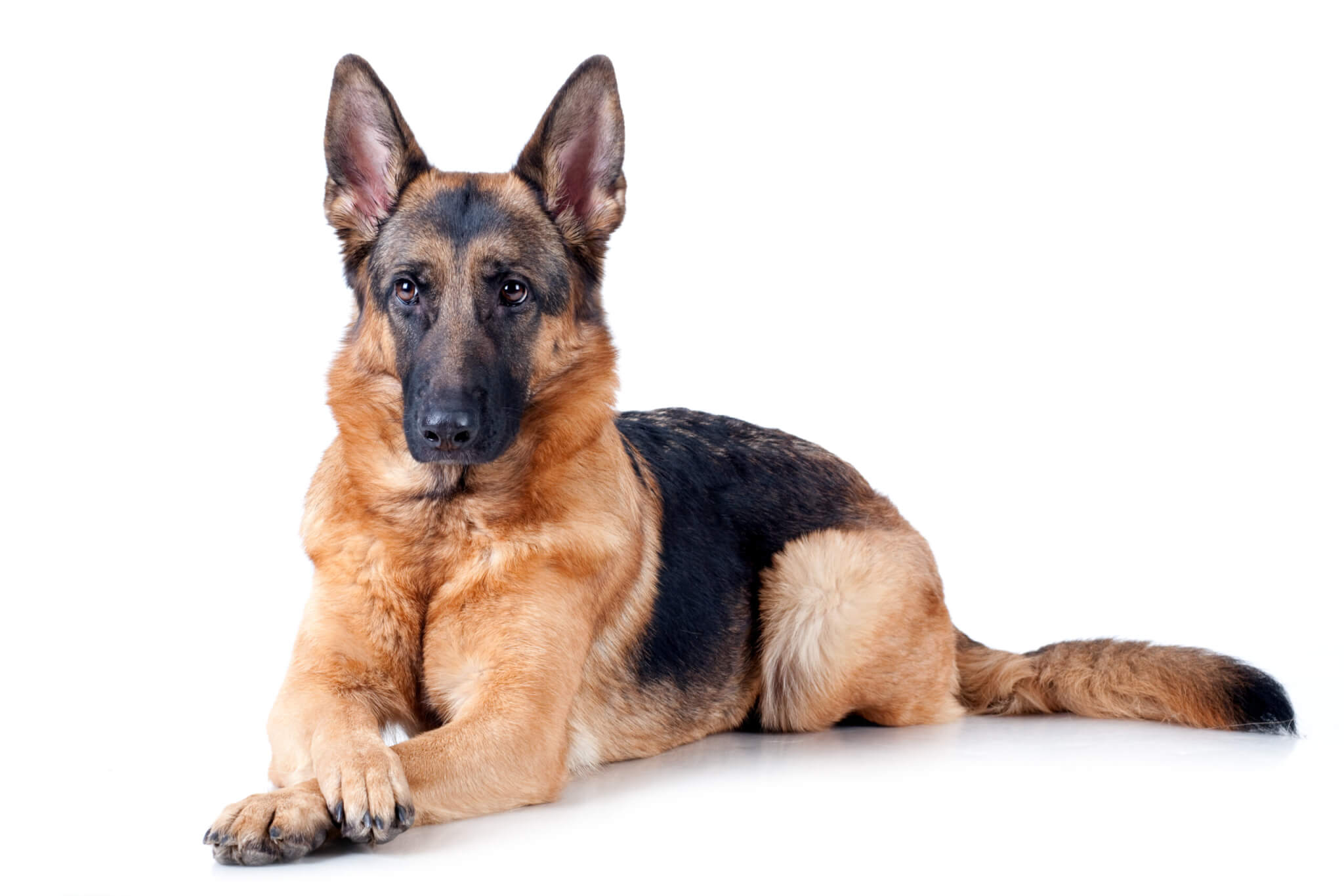
German Shepherds are renowned for their talent as police K9s and guard animals. This is because aggressive instincts can be channeled into positive behaviors by way of structured and consistent training. And unlike Chihuahuas, Pet Keen says their size and strength makes the breed look the part as a fierce opponent, too. Their bite is strong enough to break bones, making a German with aggressive tendencies quite dangerous if not properly trained.
Usually, their aggression stems from being protective of their family. Because they were bred to protect, it’s no wonder they are territorial. Hepper Blog says, if a German feels their family is in danger, they will most likely try to defend them. Sometimes, this is in an aggressive manner. Early socialization is extremely important for Germans to grow into the lovable pets they have the potential to be!
3. Cane Corso
This Italian breed is strong, muscular, and energetic. They require plenty of exercise and an experienced handler in order to be properly socialized. Top Dog Tips explains that their aggression may spread from the breed’s lineage. They hail from the Canis Pugnax, which was used during times of Roman warfare centuries ago. It is in their DNA to be fierce and powerful, but that doesn’t mean you can’t steer them in the right direction with proper training.
Pet Keen also chimes in that irresponsible breeding is another factor that can lead to a dangerous temperament in this breed. Of course, Cane Corsos can still make amazing pets! They just have to be carefully trained at a young age to ensure their good qualities shine instead.
4. Presa Canario
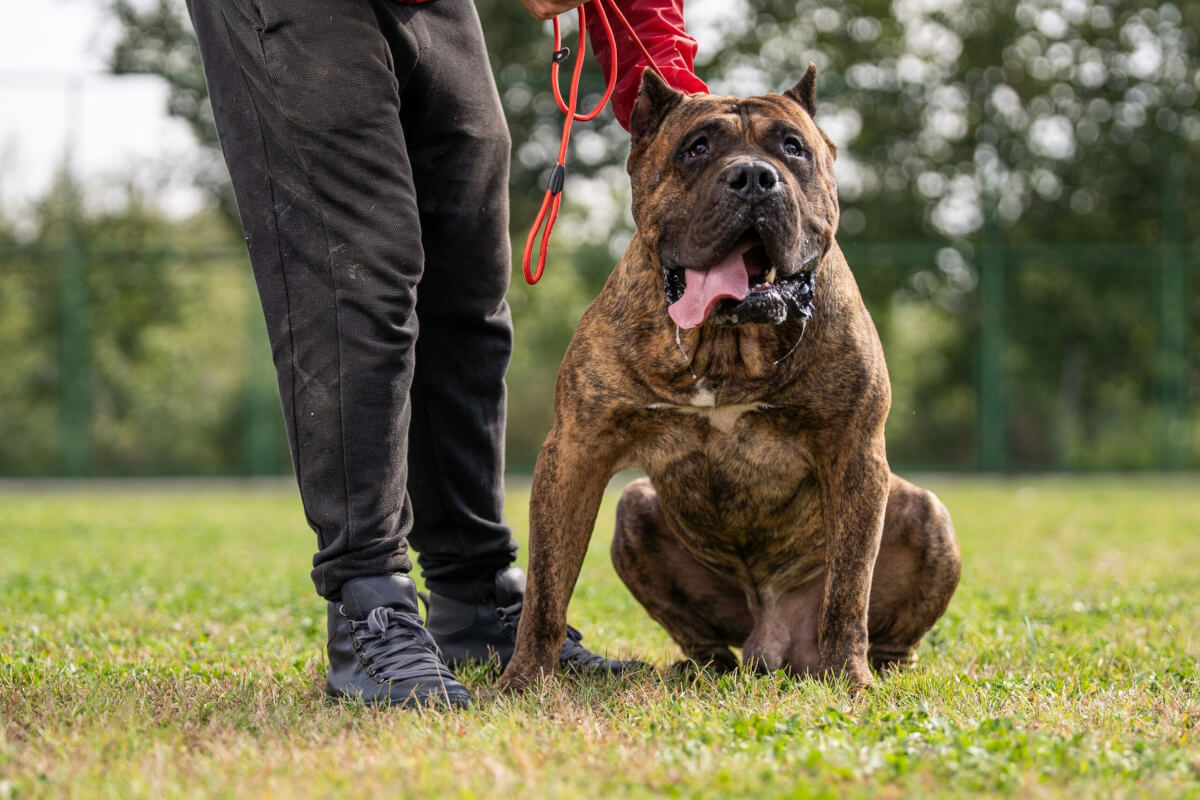
The Presa Canario breed originates in Spain and was bred as a hunting companion for large game animals. Unfortunately, their martial prowess resulted in heavy use as fighting dogs throughout their controversial history.
This is not a dog just anyone should take on as a pet. Pet Helpful explains, “this breed requires very early socialization and obedience training. If they have not been with a very experienced owner, they can be a danger to people and other animals.”
5. American Pit Bull Terrier
No other breed of dog has the duality of perception that the Pit Bull has. Both reviled and adored these powerful dogs are considered vicious killers by some and protective nanny dogs by others. They came to be from mixing terriers with bulldogs, but today can have many different breed variations based on their breeding. Sometimes, it is a cocktail of other breeds mixed with the Pit Bull that leads to unfavorable behavior. Unfortunately, their reputation for aggressive tendencies precedes them. Urban Pet says the breed is banned in many countries.
According to Apartment Guide, this doesn’t mean you should not adopt a Pit Bull. This is especially because they are one of the most common breeds found in shelters, and they deserve a loving home, too. It just means you have to be ready to commit to training and a little extra care to ensure they can be the best they can be. And, believe me, they can be pretty awesome pets.
6. Dachshund
Anyone that has been charged by a Dachshund will attest that these wiggly wieners are tough dogs. This of course makes sense as these dogs were bred to be fearless tunnel hunters. As far as their temperament goes, Urban Pet says they are stubborn and independent by nature. They also say they are more likely to show aggression towards strangers, and while they can’t do much damage on their stubby legs, they do have a persistent bark. Proper training can turn these problems around in a pinch, though!
Like the Chihuahua, this is another dog that may suffer from small dog syndrome. “Another reason for the aggression displayed by this breed is its small size, which it tries to make up for with extra attitude,” according to Spot.
Dog Academy recommends training and socializing your Dachshund from puppyhood to tackle aggressive tendencies before they can even develop.
7. Akita
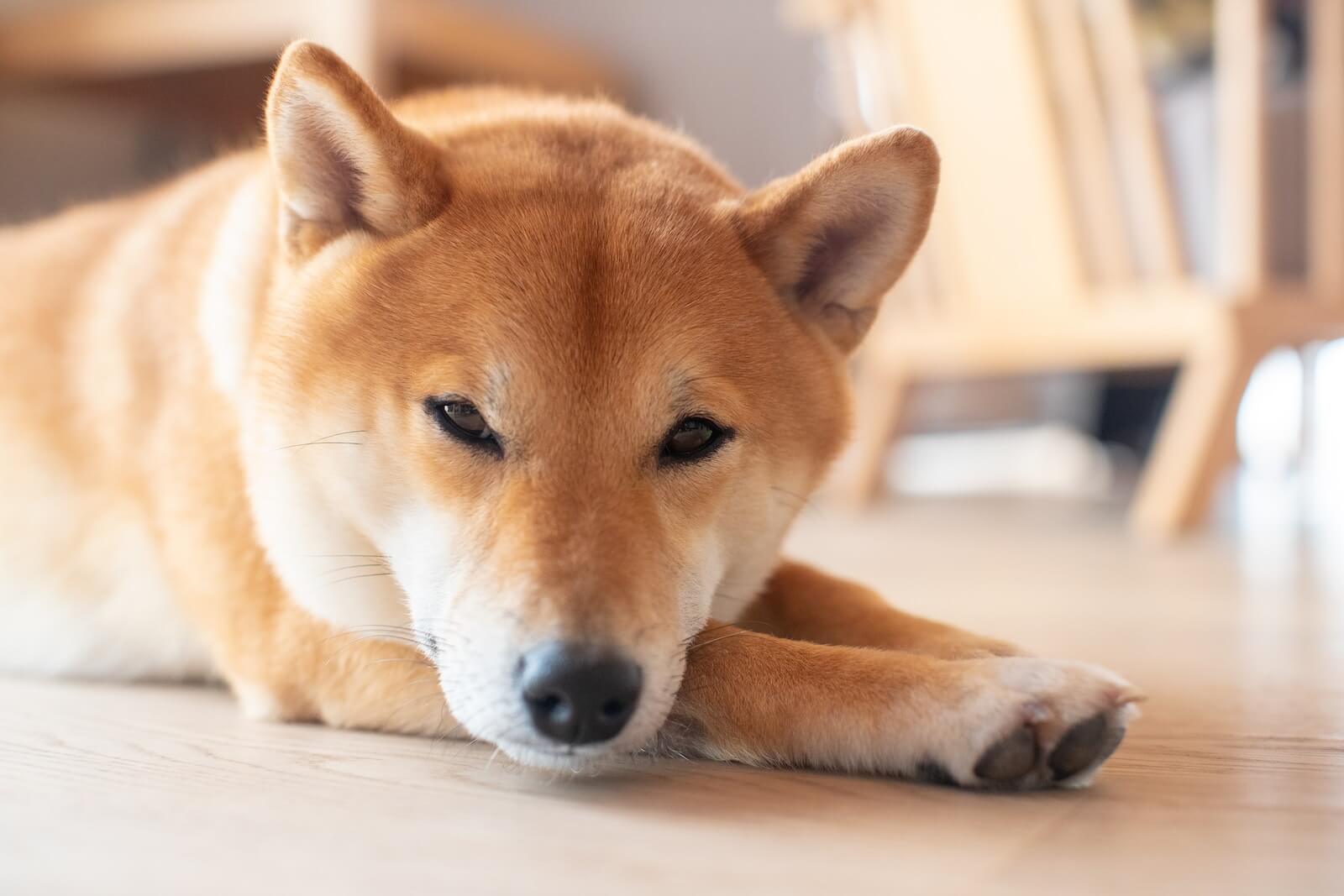
Some would say that the Akita is a yappy dog with razor sharp teeth. Though these nippy canines can indeed be a handful, they can also thrive in a home with an experienced handler. Trupanion says Akitas tend to be wary of strangers, making them great watch dogs. However, this can also develop into bad social skills with other dogs and people that you’ll likely want to nip in the butt at a young age with socialization and training. This breed specifically responds well to positive reinforcement.
Both the Akita Inu from Japan and the Akita from America are popular breeds. According to Top Dog Tips, “both of these dog breeds are strong and dominant types of animals with high prey drive. They are extremely affectionate towards their family, but standoffish and territorial when it comes to strangers, and will often be extremely aggressive.”
You might also be interested in:
Sources:
- Hepper Blog
- WAF
- Dog Academy
- Top Dog Tips
- Pet Keen
- Pet Helpful
- Urban Pet
- Apartment Guide
- Spot
- Trupanion
Note: This article was not paid for nor sponsored. StudyFinds is not connected to nor partnered with any of the brands mentioned and receives no compensation for its recommendations. This article may contain affiliate links in which we receive a commission if you make a purchase.
